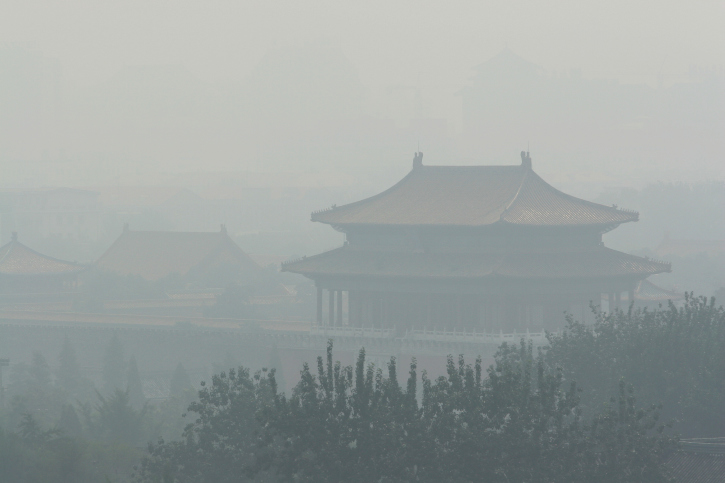Economy
Fitch Warns That Market Pessimism in China Could Be Overdone
Published:
Last Updated:
Fitch Ratings has issued one of those reports that may actually move some of the most negative views from investors either more positive or at least toward being less negative. The ratings agency is warning that the short-term macroeconomic outlook on China likely will be overdone.
The real question is what this might mean for the Chinese actual economy, versus how its stock market crash and volatility of the present time bleeds into the economy ahead.
Fitch does admit that the consequences of China’s rapid build-up in debt from 2008 to 2014 still need to be addressed. It also warned that market expectations for medium-term growth potential of China’s economy may be revised lower. A last warning is that a spillover effect from a more protracted China slowdown could come with significant regional and global credit implications.
This week’s interest rate cut and reserve requirement ratio cuts highlight the People’s Bank of China’s policy flexibility to support the economy. While monetary easing has been described as relatively modest, the impact on domestic liquidity of easing was described as having been mitigated by capital outflows.
Fitch thinks that China still has significant room to loosen policy further. The one-year benchmark lending rate is still at 4.6%, and the reserve requirement ratio for large banks is at 18% and only 3.5% down from its peak. The yuan’s 4.7% devaluation against the dollar was also described as modest when considering that the yuan was up by almost 20% in trade-weighted terms since 2012. Fitch also believes that China still has substantial ammunition on the fiscal side.
ALSO READ: Oppenheimer’s 7 Bull Market Leaders to Buy After the Sell-Off
The report went on to say:
It is important to note that fiscal policy was most probably tightening through the first half of the year, on account of restrictions on local-government financing as part of the broader structural reform process. This is now being partly reversed, and the effects on domestic demand should begin to be felt in the next few months.
Furthermore, demand and output indicators do not point to an exceptionally rapid, disorderly or broad-based deceleration. Consumption and labor market indicators have remained robust, though data have been weaker for exports, investment and manufacturing. August flash PMI data fell to 47.1, according to data released on 20 August, signaling contraction in the industrial sector.
But it is important to highlight that China’s structural economic policy has been to deliberately transition away from investment and exports towards domestic consumption. As such, areas such as manufacturing and construction have been driving the slowdown broadly in keeping with central government objectives.
Over the medium term, however, Fitch continues to highlight the potential for a prolonged period of lower growth, with real GDP expansion settling into a ‘new normal’ likely to be well below 7%. The enormous accumulation of debt following the 2008 global financial crisis, and over-investment in the residential real estate market, still need to be addressed, and will exert a drag on the economy over several years. Fitch’s base case is that there could be about three to four years of excess investment in residential housing that will need to be worked through.
Regional and global spillover effects will remain prominent credit risks as market expectations adjust to a more prolonged China slowdown. In particular, China’s property and investment boom were key factors driving global commodities demand — helping take China’s demand for metals production to 47% of the global total — almost as much as the rest of the world put together. As such, there are fundamental justifications for the recent downward price action in commodities and major commodity exporters’ currencies.
The contraction in Chinese capital investments has also resulted in a rise in the trade surplus. This means China is probably having a braking effect on the global growth rate. As an example, Chinese car imports were down 29% in volume terms in the three months to July 2015 compared with the same period in 2014. With other key demand drivers including the US, Europe and Japan reporting lackluster growth, the China slowdown could accentuate credit risks linked to the global macro environment.
Thank you for reading! Have some feedback for us?
Contact the 24/7 Wall St. editorial team.